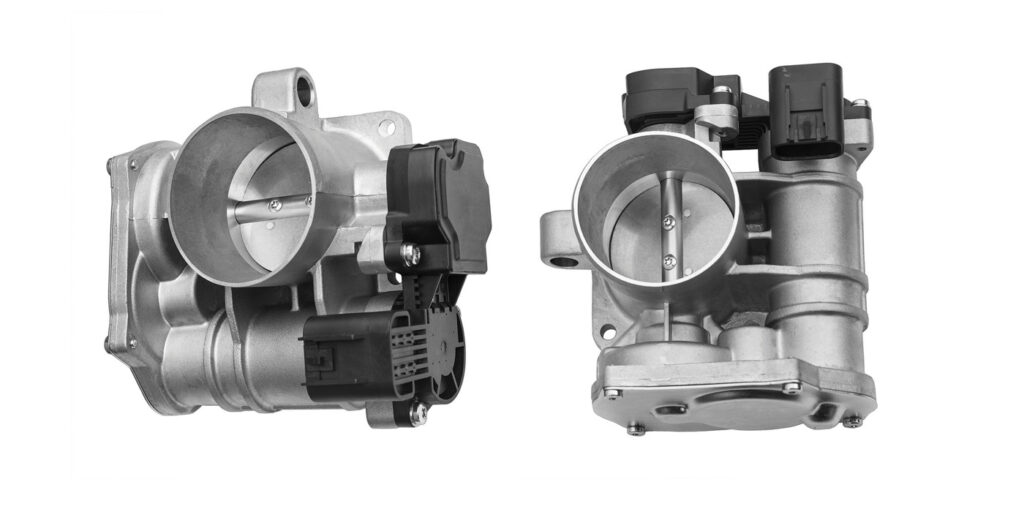Many years ago, I watched a co-worker pulling into the parking lot in his classic Chevy convertible. He seemed to be waving at someone or maybe shooing a fly away. I wasn’t really sure, and I didn’t think enough of it to ask, but later in the afternoon I learned what he was doing.
It turns out the accelerator cable had broken. To make it to work, he connected a piece of string to the carburetor linkage, then ran it through one of the hood louvers and over the top of the windshield so he could control the throttle. “Hey, it worked,” was his response to friendly ribbing.
The fact is, it did work, and as rudimentary as it may have been, it’s this type of simple mechanical connection between your foot and your engine (although a little better than string) that has allowed us to make a car go since the days when they were no more than a horseless carriage. Either a mechanical linkage or a cable was utilized to connect the throttle control inside the car to the carburetor or fuel-injection throttle body on the engine.
First showing up in the late 1980s, the electronic throttle body (ETB) is now the device that controls airflow into the engine on the majority of the vehicles on the road today. What is an ETB? Like a lot of modern electronics, the name can seem daunting, but they’re pretty simple when you break it down.
The chronology goes like this: Carburetors were simple mechanical devices. All you were doing was controlling air flow into the engine. The carburetor did the rest. Next, along with fuel injection, came the throttle body. The computer, fuel injectors and engine sensors worked together to control the amount of fuel supplied to the engine. All you were doing was controlling the air flow through the throttle body into the engine.
So what’s quicker, more efficient and more dependable than a mechanical connection? Electricity of course – making the ETB the only logical step in powertrain management.
How do they work? An ETB is a throttle body that looks in appearance and function as they always have, with the exception of a small electric motor in place of a mechanical linkage. The electric motor, in response to commands received from either the ECM (engine control module) or PCM (powertrain control module), is what opens and closes the throttle plate inside the throttle body. The only thing connected to an ETB is wires.
Different manufacturers use different systems, but the basis of ETB operation is the same regardless of what your customers are working on. The accelerator pedal in the vehicle contains sensors that transmit information about pedal position to either the ECM, PCM or in some cases, a dedicated ETB module.
The ETB system logic takes into account the information from the accelerator pedal as well as a number of different systems and sensors such as vehicle cruise control, speed sensor and MAF (mass airflow) sensor and then determines how far to open the throttle plate inside the throttle body.
And finally, there are additional sensors within the throttle body that transmit information back to the ECM so that it knows that the requested throttle position has been met.
The benefits of an ETB include overall reliability, since there are far fewer mechanical components that can wear out or require adjustment over time. Vehicles accelerate smoother with an ETB and they provide the precision required for the advanced systems in modern vehicles such as traction control, launch control and adaptive cruise control. Is there a negative side to an ETB? Not from where I sit. Most new technology, especially in the automotive world, gets a bad rap until people become comfortable with it. Sure, it might be easier to diagnose a broken throttle cable than an electronic or wiring problem, but this is today’s world and today’s technology. It’s better than it ever was, and those who learn it are ultimately those who love it.













